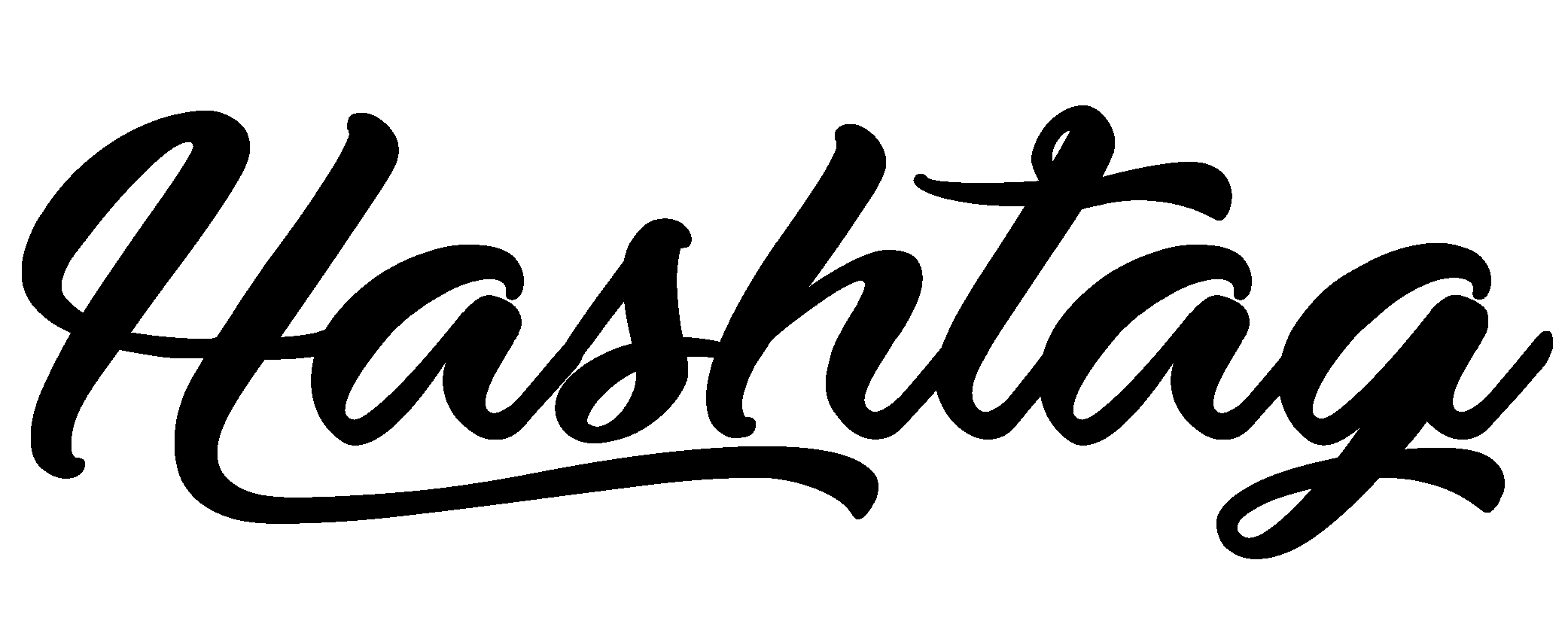While we've all been distracted by social platform updates and algorithm changes, Canva has quietly…
The “7 Posts in 7 Days” LinkedIn Strategy: Is It Actually Worth Your Time?
2.
The “7 Posts in 7 Days” LinkedIn Strategy: Is It Actually Worth Your Time?
Another day, another supposedly “revolutionary” content strategy promising LinkedIn domination with minimal effort. This time it’s the “7 days, 7 posts” approach from Ruben Hassid that claims you can plan a week’s worth of LinkedIn content in just one hour.
But does it actually work, or is it just another performative productivity hack? Let’s break it down. 👀
The Strategy in a Nutshell
The approach is deceptively simple:
- Identify ONE problem your audience faces
- Create SEVEN different solutions to that problem
- Format each solution as a different content type
- Schedule them to post daily for a week
- Rinse and repeat with a new problem next week
In theory, this gives you consistent daily content while positioning you as the go-to problem solver in your niche.
Why This Could Actually Work
Despite my natural skepticism toward “magic bullet” content strategies, I’ve seen this particular approach work surprisingly well for several clients. Here’s why:
It focuses on genuine value. Unlike many content strategies that prioritize your personal brand story, this one centers entirely on solving audience problems. And as we saw in last week’s LinkedIn benchmarks article, solution-focused content significantly outperforms self-promotional posts.
It creates thematic consistency. The LinkedIn algorithm favors accounts that demonstrate topical authority. By focusing on one problem for an entire week, you’re signaling to LinkedIn that you have depth of expertise in a specific area.
It’s actually manageable. Let’s be honest – most content strategies fail because they’re unsustainable alongside running an actual business. One hour of focused planning for a week’s content is genuinely achievable for most busy professionals.
The Potential Pitfalls
Before you clear your calendar for a power hour of content planning, consider these caveats:
The quality bar is rising. While this strategy might have worked brilliantly in 2023, LinkedIn’s increasingly sophisticated audience expects more than superficial problem-solving. Your “seven solutions” need genuine depth to stand out.
Daily posting isn’t necessarily optimal. Our data from last week showed that posting quality is significantly more important than frequency. Three exceptional posts will outperform seven mediocre ones every time.
It could become formulaic. If you literally follow this template every week, your audience will start to notice the pattern, potentially reducing engagement over time.
How to Adapt This for 2025
If you want to try this approach, here’s how I’d modify it for today’s LinkedIn environment:
- Focus on quality over quantity. Instead of forcing seven posts, create 3-4 high-quality solutions and space them throughout the week.
- Mix in different content formats. As we saw in the LinkedIn benchmarks, multi-image posts and native documents significantly outperform single images. Vary your formats based on what performs best.
- Add your unique perspective. Don’t just offer generic solutions – explain WHY your approach is different or share how you learned these solutions through experience.
- Test and iterate. Pay attention to which days, formats, and solution types perform best, then adapt your strategy accordingly.
I tried a modified version of this approach with a financial services client last month, focusing on three high-quality posts per week rather than daily content. Their engagement rate jumped from 2.3% to 4.1%, and more importantly, they started receiving quality inbound inquiries directly from LinkedIn.
The Bottom Line
Is the “7 days, 7 posts” strategy worth trying? Potentially yes, with some adaptations. The core concept of focusing deeply on one audience problem is solid, but the execution needs to be tailored to your specific audience and capacity.
If you’re currently posting sporadically with no real strategy, this structured approach could be a significant improvement. Just remember that LinkedIn success in 2025 comes from strategic value delivery, not just consistency for consistency’s sake.
Have you tried a similar content batching approach on LinkedIn? I’d love to hear what’s working (or not working) for you – hit reply and let me know!
